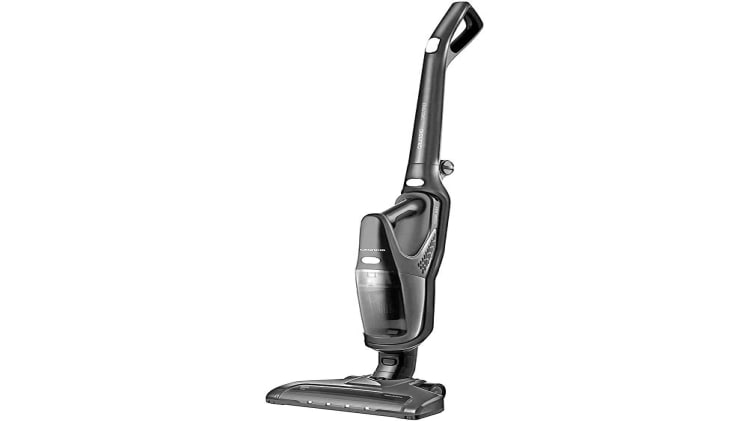A notable number of people are still confused about the best method to ensure a clean and tidy environment.
It is wise to implement ways that are cost-effective and time and labor conserving. Despite upholding personal hygiene, the environment also plays a critical role in tidiness and a well-planned environment.
This article reviews considerations for purchasing a vacuum cleaner.
A vacuum works with the principle of negative pressure zone creation behind the rotating fans to facilitate sanctioning of dirt and debris through the intake hose and to be stored in the storage bags to be emptied later. This machine has gained fame due to people’s busy nature and the aim to reduce the burden associated with cleaning procedures.
1. Motor size and numbers
Motors are fitted to drive the fans and the brush rolls. The bigger the motor the more powerful the vacuum is and this greatly affects its performance. The manufacturers can choose to use one motor to drive both the fans and the brush roll or they can decide to fit a motor for each of the two components. This is what brings the differences in performance and cost.
2. Tank or bag capacity
As the dirt and debris are sanctioned, they are stored in a bag and then prevented from recycling back into the environment. Small capacity bags will necessitate frequent changing and emptying which calls for more time and workforce.
The frequent changing also can lead to spillage which makes the surface created dirty.
3. Filling location
The tank can either be filled from the top or the bottom as per the manufacturer’s design. This brings effects on the amount of power required to run the machine. Bottom filled depends on the creation of space below the stored debris and this calls for extra power required when the vacuum is almost full. The top-filled vacuums have the debris and dirt falling by gravity to occupy the bottom part.
4. Construction material
A vacuum cleaner can be created from materials ranging from a mare plastic to steel and iron. The iron-made machines are prone to rust and destruction from unfavorable weather conditions. Plastics on the other hand can easily break during operation and servicing. The most recommended material to use in construction is stainless steel as it is resistant to rusting.
5. Air filtration
Any vacuum is made up of two filters one on the upstream and one on the downstream. The upstream filtration prevents dirt from reaching vacuum systems while a downstream filter prevents debris from recycling into the environment. The filters are made of different materials some are washable and hence more durable while HEPA is more effective in filtration.
6. Cost and budget
Every client plans to purchase a commodity with regards to the amount of money available for purchase. The client sets a cost range and this greatly affects the type of machine to be purchased. It is however advisable for one to research the machine type and cost across various dealers to avoid unnecessary waste of resources.
Conclusion
After deciding on the type of vacuum to buy, one should take a step to find the right dealer who is trusted by a majority of the population. After purchasing the cleaner, one should be conversant with the basic management procedures to ensure the long-lasting life of the machine.

